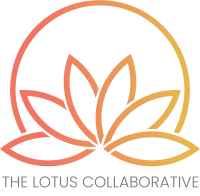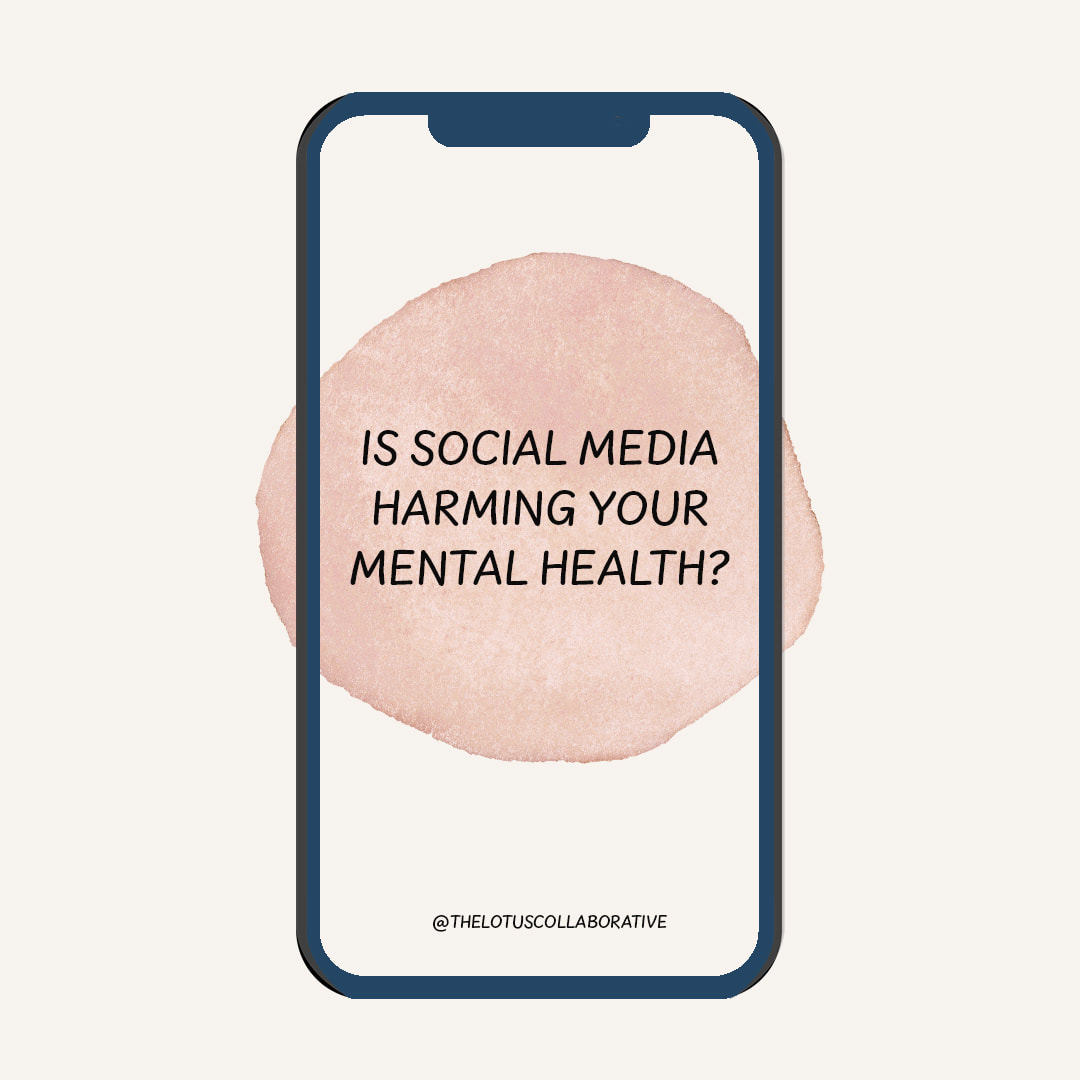|
There is some incredibly heavy stuff online right now, and it’s concerning a lot of mental health professionals who are seeing the direct impact of this on their clients.
According to an article in the Newport Institute - “Our brains are primed to respond to social media, because it’s a type of variable reward system, explains Don Grant, PhD, Newport’s Director of Outpatient Services in Santa Monica. Like mice in a lab, constantly pulling a lever in hopes of receiving a treat that appears unpredictably, we keep scrolling in search of an online experience that will trigger a pleasurable release of dopamine. “ Social media platforms benefit from prolonged screen time. Unfortunately for many, increased usage and increased exposure to unsettling content is extremely dysregulating to the nervous system. “Doomscrolling is essentially an avoidance technique used to cope with anxiety, so wherever you are vulnerable to anxiety, doomscrolling can become an unhealthy coping mechanism,” says Megan E. Johnson, a licensed clinical psychologist and researcher specializing in trauma and brain-behavior relationships. “And ironically, the very things doomscrolling can rob you of—healthy sleep, meaningful social interactions, fulfilling work, and hobbies—are also the things we know are most supportive of our mental well-being. So it becomes a vicious cycle.” - https://www.wired.com/story/how-to-stop-doomscrolling-psychology-social-media-fomo/ So what’s the FEELING behind the need to check the apps: Getting to the root of why you choose to engage, and really being honest with yourself will be your first step in deciding what a healthy relationship with social media looks like. The next time you go to distract yourself with scrolling, ask yourself what you’re feeling in that moment and assess what your needs may be. Once you have a realistic and honest assessment of what your need is, you can step back and decide how you want to meet the need in a healthy way. Setting Boundaries or Going Cold Turkey: For many, social media can be highly addictive. You may need to remove it from your phone and go “cold turkey” on your usage in order to cut the brain’s dopamine response. This may also look like setting technology boundaries within your home ie. no phone in bed before sleeping or upon waking up. By taking away the opportunity to get pulled in, you can get out ahead of the craving for doom scrolling. For some, replacing it with something else to do on the phone can be a helpful step when you first cut your social media use back. Try a game that you like that you can go to when you have the urge to open your phone. Even using an app like Pinterest can help to get the “fix” but without looking at content that is distressing. But I want to still stay informed on what’s going on: And as we all should. The flow of information online is endless, so by accepting this, it may be easier to decide on the limit of time you’ll take information in. It can also look like deciding on who you take information from, like picking 5 trusted sources to read. Taking in information on the computer rather than a phone can also help decrease the duration of doom scrolling as the activity is more intentional when it’s not available to you in the palm of your hand while you wait in line at the grocery store. At the end of the day, it’s important to be in control of your social media usage and therefore your mental health. The endless information will always be there. Best way to do this is to fill your time with meaningful activities that can replace social media - that can keep you informed, connected and safe.
0 Comments
|
The
|
2125 Delaware Ave, Suite A, Santa Cruz, CA, 95060
2500 Market Street, San Francisco, CA 94114


 RSS Feed
RSS Feed